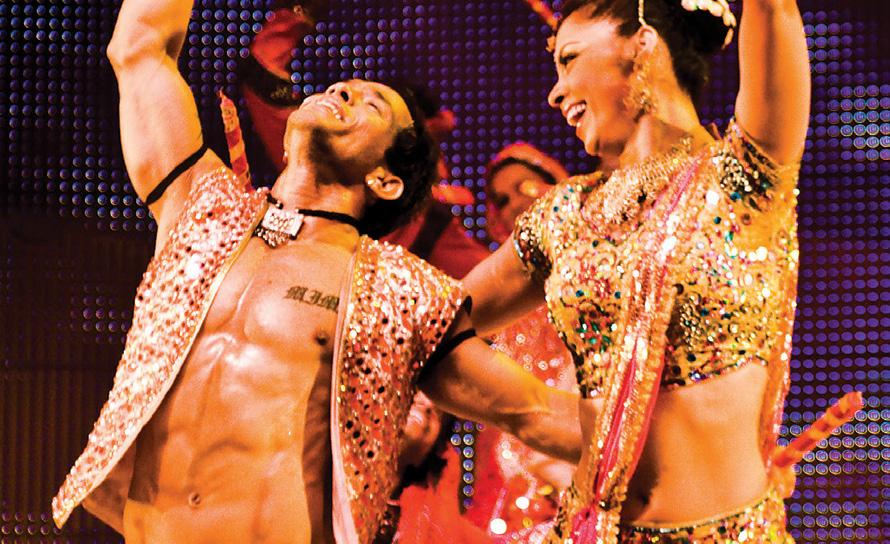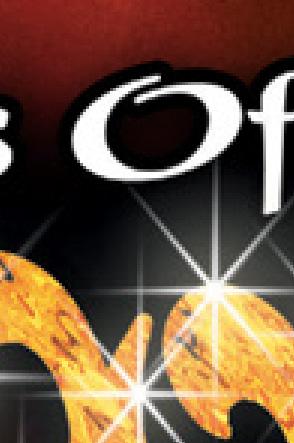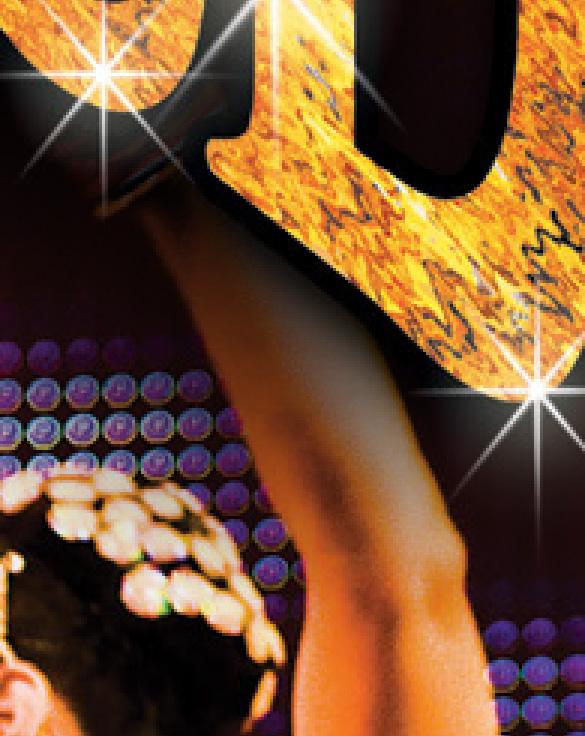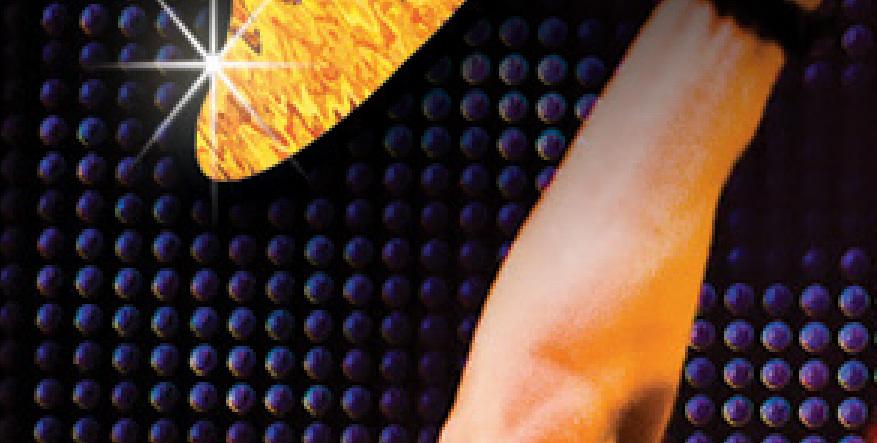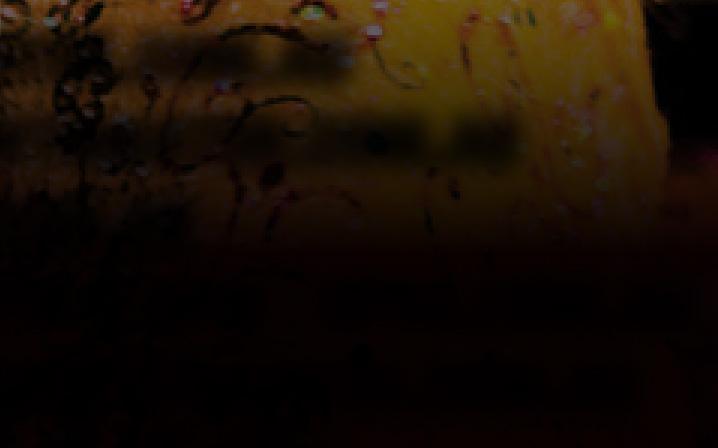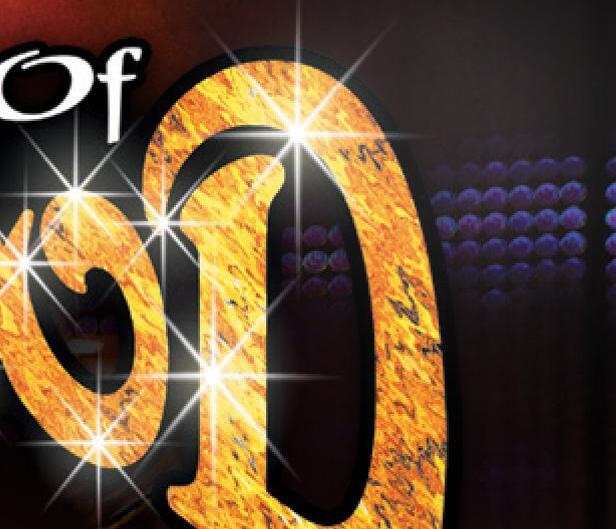
2 minute read
National diabetes body reaches out to Indian community
from 2018-09 Sydney (1)
by Indian Link
“We have a diabetes diagnosis every five minutes in Australia,” shares Vania Khoury, Diabetes Educator from Diabetes Australia (DA), which runs the National Diabetes Service Scheme (NDSS) for the Australian Government
“For every diagnosed case, we believe there is someone who has diabetes but doesn’t know. The prevalence in the Indian community is much higher than the Caucasian community, and rising, according to the International Diabetes Federation,” she adds.
Vania was addressing a Diabetes Education Workshop organised by Diabetes NSW & ACT, in partnership with Saheli/SEVA and Australian Hindi Indian Association (AHIA) for the Hindi-speaking community. Held at the Wentworthville Community Centre, it was an attempt to respond to the crucial need for diabetes education in Hindi, Tamil and Bengali speaking South Asian communities. The purpose of the event was to share information around Type 2 diabetes, with an emphasis on prevention and timely diagnosis, plus reiterating the importance of careful management of diabetes as vital to positive outcomes.
Tilak Kalra played host and represented
AHIA, while Jayashree Arcot from the South Asian women’s network Saheli, played MC for the afternoon. AHIA initially started in 1994, targeting Hindi and Punjabi speaking Indians in NSW and now caters to all Indians with 500 members. The Saheli team works on connecting organisations such as DA to the community. “We facilitate such events and help with communication and organising,” she says. “We plan to connect with Tamil and Bengali speaking communities next year, these three were chosen because of their high numbers. That doesn’t limit others from attending: since all programs will be run in English, anyone can attend.”
The experts for the event were all second generation Australians, carefully chosen because of their Indian background so they could connect with the audience. They shared simple, practical tips as well as exercise and diet to manage diabetes.
Dr Adarsh Gulati, General Physician, talked about the symptoms, medication, diet and other issues. The audience responded with questions enthusiastically. Anirudh Parthiban, Exercise Physiologist, got the energy in the room going simply by asking people to stand up and sit down on their seats repeatedly. He then followed this up with teaching people simple exercises which could be incorporated as part of their daily routine. Dietician Deepali Vasani spoke about diet and nutrition from an Indian food perspective, since the community prefers their traditional diet and is not much into processed foods from the supermarket.

For additional information, Vania recommends the NDSS multicultural diabetes portal that has information in Hindi, English and over 20 other languages on diabetes, including factsheets and brochures on managing diabetes and living well. They include: basics about diabetes, Type 1 diabetes, Type 2 diabetes, health and wellbeing, diabetes in pregnancy, and prevention. The website also provides health professionals with a broad range of translated diabetes resources from credible providers including Diabetes Australia, their state and territory agents, and non-government organisations. The portal was developed by Diabetes Queensland as part of a National Development Program funded by Diabetes Australia

Hamida Parkar
